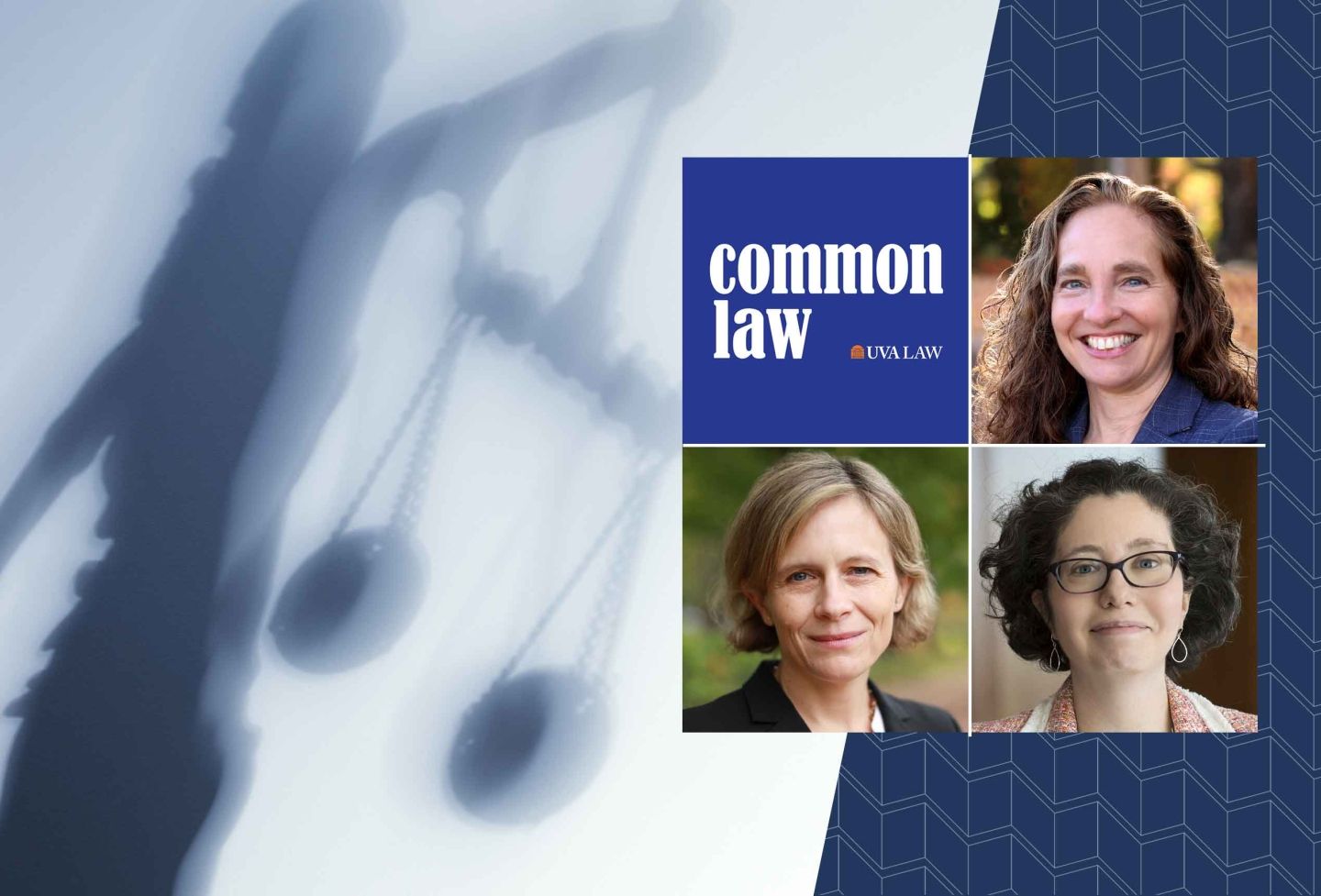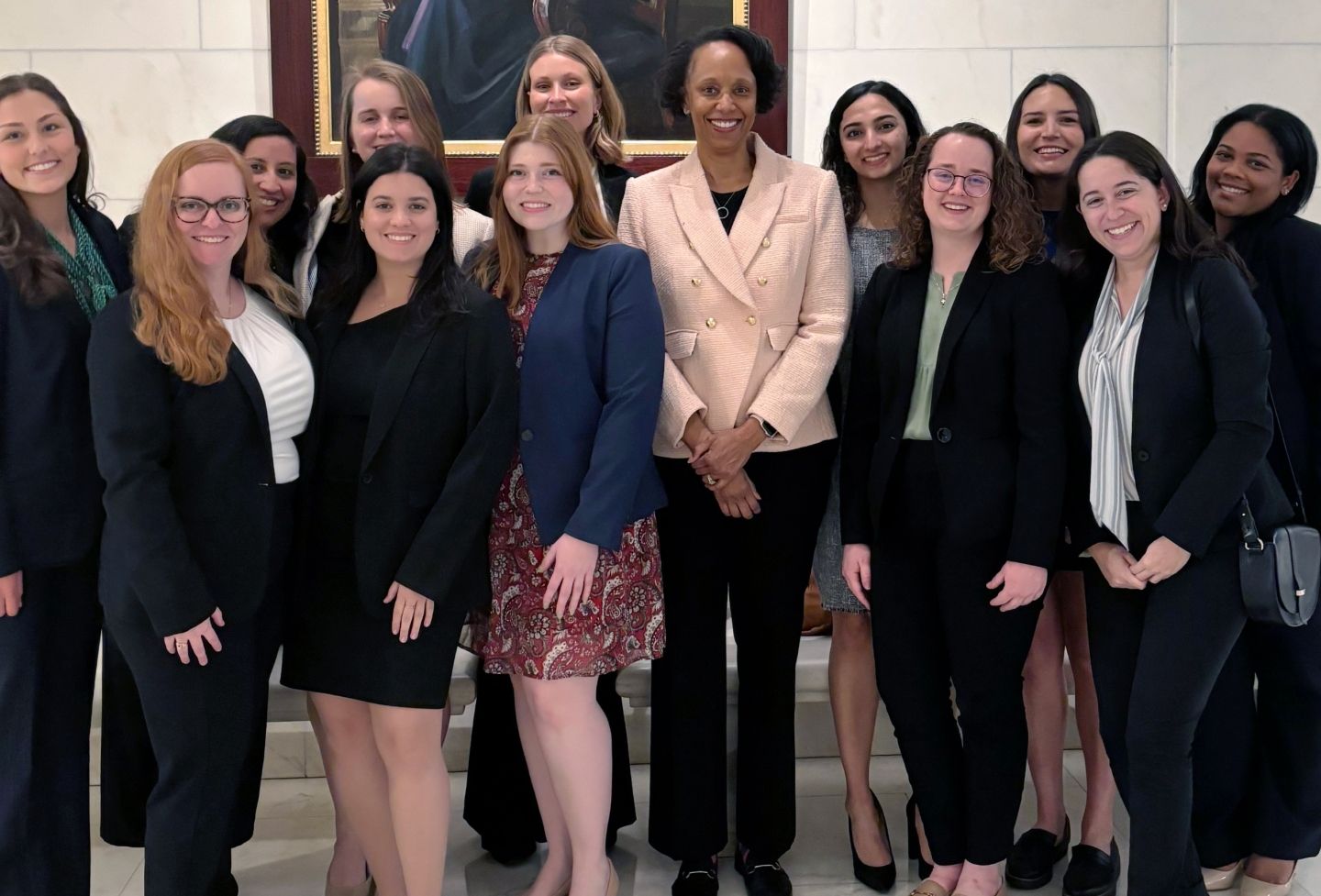Goluboff's Alternative Civil Rights History Reveals Remnants of Jim Crow Laws Today
Professor Risa Goluboff spoke at the Miller Center of Public Affairs Sept. 17 about her groundbreaking new book The Lost Promise of Civil Rights. She was inspired to write the piece to answer a lurking question: “Why does it seem that the Constitution is unable to respond to the racial inequalities that I see around me every day?” To answer this, she re-conceptualized the history of the civil rights movement and how that history affects the racial inequalities that still exist today.
In her talk, Goluboff emphasized that the civil rights movement resulted in formal equality for racial minorities where segregation was ruled unconstitutional, but that race and poverty are still interrelated, making “vast inequalities in educational achievement, vast inequalities in political power, and vast inequalities in the way we experience crime in the criminal justice system.”
Goluboff suggested that it is up to state and local governments to fix these inequalities, but that the U.S. Supreme Court has hindered the process because making racial classifications is unconstitutional, even if the aim is racial equality. “How did we get to the place where the Supreme Court thinks that the Constitution not only need not — but cannot — allow governments to fix these remaining racial and economic inequalities?” she asked.
Using the history of the civil rights movement, Goluboff answered this question in her book. The focus of racial equality from the Great Depression until the New Deal was on labor and economic rights for African-Americans rather than attacking segregation, she explained. Fighting economic inequality was a strategy used by civil rights organizations like the NAACP because it transformed the private job sector and was not just government-sanctioned discrimination.
There was a dramatic shift in civil rights litigation policy in the 1950s when the Supreme Court ruled that segregation in public schools was unconstitutional in Brown v. Board of Education. The focus of the civil rights movement changed from material to symbolic inequality. Symbolic inequality was the government’s formal denial of social and political equality, mostly through segregation and taking away voting rights. Material inequality, such as less pay and a lack of access to suitable housing, was the economic effect of symbolic inequality. Goluboff explained the problem with this shift: “Jim Crow was a system of public segregation and private exploitation and the Brown inspired vision of civil rights that we live with today only partially undermines that system of Jim Crow. It only undermined the governmentally imposed system of segregation, not the private exploitation.”
Goluboff noted that, “once Brown happened, our understanding of civil rights was rewritten to focus on this symbolic equality. We rewrote our understanding of civil rights and lost out all these other alternative ways of thinking about civil rights.” She explained that Brown made governmental decisions based on race unconstitutional, which is illustrated today by the recent Supreme Court cases that ruled voluntary school integration plans unconstitutional. By not confining the history of the civil rights movement to Brown and symbolic inequality alone, “we can broaden our imagination about the possibilities of addressing the remnants of Jim Crow that still face the nation today,” Goluboff said.
The event was sponsored by the Miller Center of Public Affairs.
Founded in 1819, the University of Virginia School of Law is the second-oldest continuously operating law school in the nation. Consistently ranked among the top law schools, Virginia is a world-renowned training ground for distinguished lawyers and public servants, instilling in them a commitment to leadership, integrity and community service.


